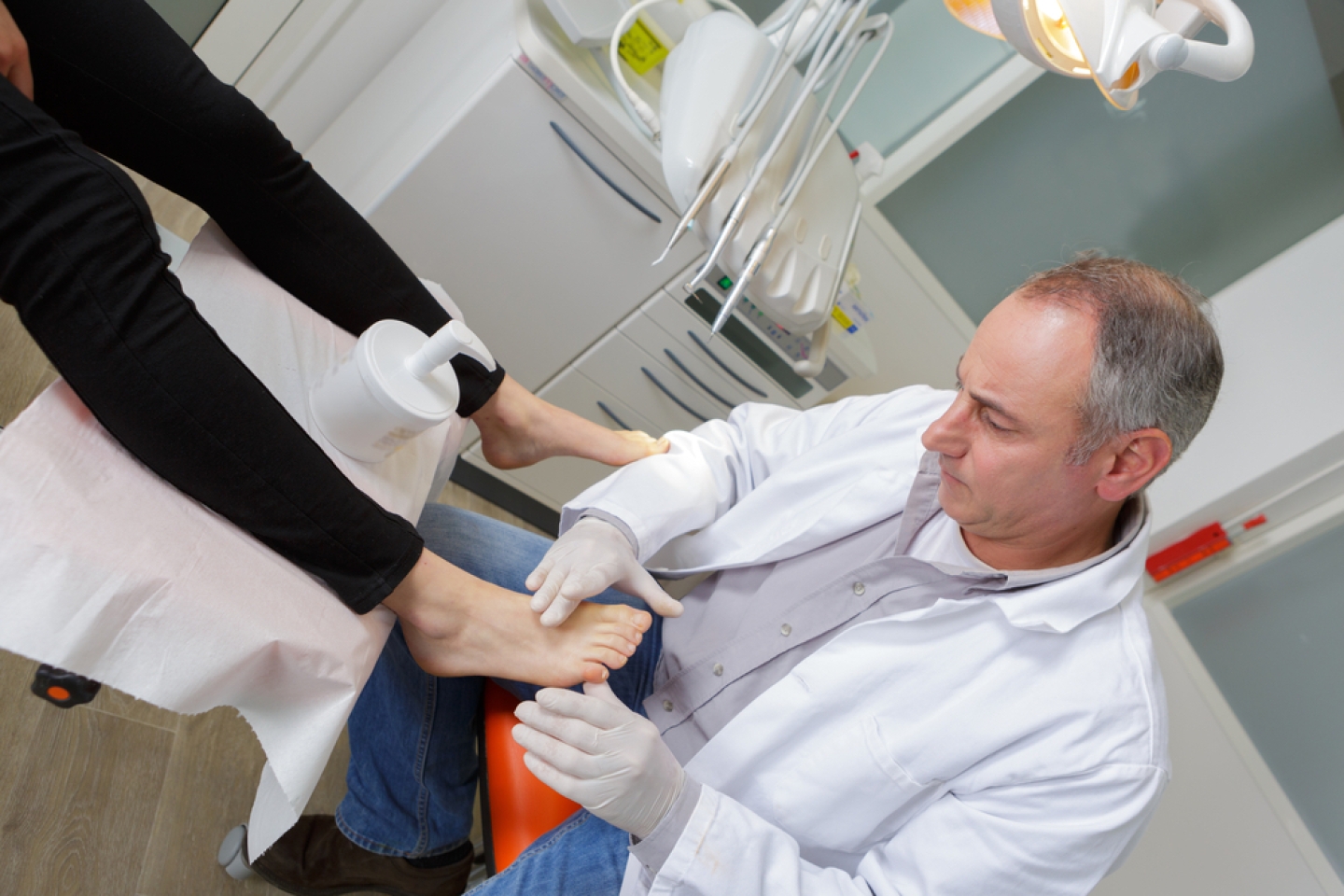
In New York City, our feet take quite a beating. As the most walkable big city in the country, New York is full of crooked sidewalks and pothole-filled crosswalks. New Yorkers, along with visitors to the city, typically walk to the tune of 8,000 to 10,000 steps a day. No wonder so many of us end up with foot or ankle injuries requiring the services of a podiatrist—a physician who diagnoses and treats these injuries, along with a host of other issues.
Our feet are home to 26 bones, 56 ligaments and 38 muscles, all of which work together to provide support, balance and mobility. These multiple “actors,” as well as wear and tear over the years of our lives, make our lower extremities vulnerable to the following problems:
Says Dr. Nicholas Salerno, a specialist in foot and ankle surgery and Assistant Professor of Podiatry in the Department of Surgery at Weill Cornell Medicine, “wearing a new pair of shoes, overdoing an activity or accidentally exposing your feet to infection or trauma can all put you at risk for foot or ankle problems.”
And his colleague, Dr. Elvis Danne, concurs. Specializing in sports medicine and podiatry at Weill Cornell, he warns against walking barefoot outside—an activity that could lead to injury requiring surgery, or skin breakdown, which could lead to an infection.
All of the injuries and conditions listed above can turn serious, Dr. Danne adds, if they aren’t treated promptly and effectively. Let’s take a deeper dive into podiatry to help you do right by your feet and seek care when something goes awry.
It all starts at the doctor’s office, where a podiatrist conducts a physical exam, takes the patient’s history and listens to their description of of their pain or discomfort. “We also check for deformities, bruising, swelling or issues related to range of motion,” Dr. Salerno says.
Additionally, “we rely heavily on imaging studies,” says Dr. Danne, who describes them as follows:
Bunion or hammertoe correction and fracture repair are among the most common surgical procedures in podiatry. However, “Some traumas and infections require surgical intervention to stabilize the foot or ankle and allow for proper anatomical healing,” Dr. Salerno says. Surgery may be needed to prevent future complications that could affect walking, activity and strength.”
An infection of the foot or ankle that is causing sepsis—systemic infection—may require surgery. So might fractures that fail to heal properly, tendon injuries or ruptures and diabetic foot infections. “Often, he says, “surgical intervention gives us a chance to save the foot or limb from amputation.”
Dr. Danne’s top recommendations include:
Pay attention to what your feet are telling you. If you’re experiencing pain, swelling or some other sign of irritation, it may be time to see a podiatrist. “Don’t fight through the pain or continue the activity that’s causing it,” Dr. Salerno warns. “That will likely cause further injury.”
And if you have diabetes, it’s important to check your feet every day for cuts, sores or other signs of infection. Clean them well but avoid soaking them in hot water. Moisturize them to help with dryness and cracking.
If the issue is not resolved with rest, ice, elevation, NSAIDs or changing to sturdier, more supportive shoes, it’s time to come in for an assessment to make sure nothing more serious is going on.
“In addition to a large number of residents and visitors to New York City, we treat competitive athletes, weekend warriors and those looking to keep moving as the miles on their feet continue to build up,” Dr. Danne says.
There is no one-size-fits all approach to podiatry care at Weill Cornell Medicine. Be aware that some foot issues may require treatment by a specialist in endocrinology, infectious disease, surgery or another discipline.
To make an appointment with a podiatrist at Weill Cornell Medicine, please visit here to learn more.